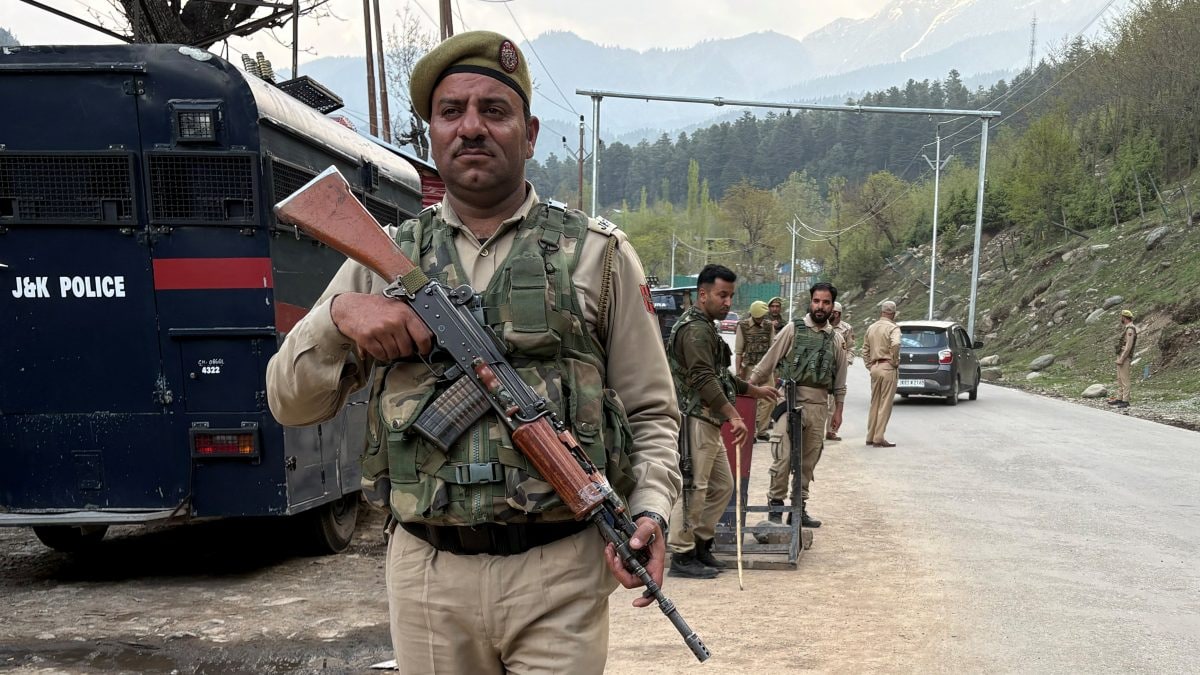The 2018-19 Union Budget, announced by Finance Minister Arun Jaitley on Thursday, has allocated Rs. 2.95 lakh crore for defence. Of this amount, Rs 1,95,947 crore has been allocated for revenue expenditure, which includes payment of salaries and maintenance of establishments. It means that a bulk of funds allotted to the defence sector will be used for day-to-day functioning of the armed forces.
Rs 99,563 crore has been earmarked for the capital expenditure, which will be spent on modernisation of the armed forces and for new purchases. It is no secret that the Indian military’s combat effectiveness is not in a good shape, as obsolete and ageing armaments are still in use. The army is in dire need of combat vehicles, battle tanks as well as modern guns and ammunition.
If the air force requires latest fighter jets, the navy needs to acquire latest warships and nuclear submarines. But due to under-allocation on capital expenditures, these mega defence acquisition plans will be severely hampered. Surprisingly, the amount for military modernisation is even less than the Rs 1,08,853 crore that has been allocated separately for defence pensions, which does not form part of the defence budget.
This year’s defence budget represents a growth of 7.81 percent over the budget estimates. Last year, the hike was 6.2 percent compared to the allocation in 2016-17. But it should not be forgotten that the fresh defence allocation accounts for just 1.58 percent of the GDP for 2018-19 — the lowest in 50 years in terms of percentage of GDP. It was 1.63 percent of GDP in 2017-18.
Both China and Pakistan spend over 2 percent of their GDP on defence. Considering the inflationary pressure and increase in cost of military hardware, the hike is marginal. The allocation will not be sufficient for modernising India’s armed forces at a time when they have to deal with an increasingly assertive China on the northern frontier and an implacably hostile Pakistan along the western border. On top of that, the US is prodding India to assume a greater security profile in the ‘Indo-Pacific’, from the Indian Ocean to the waters off Southeast Asia.
Impact Shorts
More ShortsThe Narendra Modi government has grand ambitions for self-reliance in defence manufacturing. In fact, this desire is an extension of India’s long-held penchant for “strategic autonomy” in foreign affairs. During the Budget, the finance minister disclosed the government’s plan of developing two defence industrial production corridors, saying, “We will take measures to develop two defence industrial production corridors in the country. The government will also bring out an industry friendly ‘Defence Production Policy 2018’ to promote domestic production by public sector, private sector and MSMEs.”
However, considering India’s poor track record in execution of big plans, it would be interesting to see the fate of these defence corridors and private sector investments in defence production.
Instead of simply buying weapons off the shelf, the Modi government’s efforts to build indigenous military capability through the ‘Make in India’ initiative are laudable. But despite tall claims, the government has not been successful in fixing an antiquated defence procurement system, further preventing India from equipping and modernising its armed forces.
Defence contracts are frequently awarded to India’s public sector enterprises which invest little in research and development. In order to secure contracts, they often promise what they cannot deliver, eventually abandoning many projects midway. One only needs to remember that the Indian Army had last year rejected home-made 7.62 x51 mm assault rifles that were meant to replace AK47s and INSAS rifles, after they reportedly failed basic quality tests.
“Is it not shocking that even 50-plus years of proficiency have not enabled the Defence Research and Development Organisation (DRDO) to develop a basic product like a rifle at par with world-class standards?” was a question asked by Parliament’s Standing Committee sometime ago.
But similarly, the indigenously developed Arjun Main Battle Tank (MBT) and Tejas Light Combat Aircraft (LCA) have been facing challenges. Even the BrahMos missile is made up of 65 percent imported components.
This Budget has seen some allocation for border infrastructure. As mentioned by Jaitley, “Rohtang tunnel has been completed to provide all weather connectivity to the Ladakh region. Contract for construction of Zojila Pass tunnel of more than 14 kilometres is progressing well… I now propose to take up construction of tunnel under Sela Pass.”
This is an important and wise decision, since Sela Pass is located near Tawang which has always held huge strategic importance for the Indian Army. The Sela tunnel will significantly reduce the road distance to Tawang.
But there are important questions to be answered. Can India’s efforts match China’s massive construction activities along the Indo-China border? It needs to be recalled that after a humiliating defeat in the 1962 Indo-China war, the Indian leadership came to adopt a defensive mindset towards China, most visible in its inexplicable and inexcusable hesitation to build infrastructure near the Line of Actual Control (LAC). It was feared that new road construction work near the LAC would facilitate the rapid advance of Chinese troops into the Indian heartland. It was only a decade earlier that the green signal was given for construction of 73 strategic roads near the LAC.
While military considerations dictated the decision to upgrade border infrastructure, improving the living conditions for border communities was also an importance factor. Unfortunately, as has been the story behind the execution of all big-ticket announcements, plans to improve this infrastructure are considerably behind schedule. Out of 73, only 27 roads have been completed so far.
While the Ministry of Defence is building 46 roads, the other 27 are being constructed by the Ministry of Home Affairs. The deadline to complete these roads has been set for 2022, much to the anguish of the armed forces. Limited budgetary allocation, excessive red tapism, inhospitable terrain, and difficulties in acquiring land held by tribals are all responsible for tardy progress of border infrastructure development projects.
If India is moving at a snail’s pace in constructing roads, rails and bridges along the border, China’s pace has been blazing and aggressive. In fact, infrastructure development has been an integral part of Beijing’s Tibet policy, as China required road and railway connectivity to consolidate its control over Tibet.
In recent decades, China’s road and railway network in Tibet have expanded, dangerously touching its borders with India, Nepal and Bhutan. Massive construction of all-weather roads, rail network and airstrips would facilitate rapid mobilisation of Chinese troops in the event of a military confrontation with India.
This is exactly what happened in Doka La last year. When Indian soldiers objected to China’s attempts at building a road at the tri-junction of India, China and Bhutan near Sikkim, it led to a prolonged military stand-off between India and China. Even after termination of the stand-off, there are fresh reports that China is building a huge military complex close to the site of the Doka La stand-off, which has been justified by Beijing on the grounds of sovereignty and improving the living conditions of the border population.
Chinese Foreign Ministry spokesman Lu Kang has said, “In order to patrol the border and improve the production and lives of border troops and residents, China has constructed infrastructure including roads in the Doka La area… It is legitimate and justified. Just as China will not make comments on India’s construction of infrastructure on India’s territory. We hope other countries will not make comments on China’s construction of infrastructure in its own territory.”
Similarly, the security situation along the volatile India-Pakistan border has significantly deteriorated. There has been an upsurge in ceasefire violations by Pakistan; more than 850 ceasefire violations were reported last year. The number of deaths due to terrorist violence has also witnessed an increasing trend in Jammu and Kashmir. This demands perpetual vigil, which in turn, requires increased financial allocation for improvement in border and security infrastructure and investment in intelligence gathering capabilities in border areas.
But can India remain prepared for a two-front war along its northern and western fronts if sufficient funds are not available for military modernisation?
The author is an assistant professor at the Department of International Affairs and Security Studies, Sardar Patel University of Police, Security and Criminal Justice, Rajasthan. He is also the coordinator at the Centre for Peace and Conflict Studies in Jaipur.
Click here for full coverage of Union Budget 2018


)

)
)
)
)
)
)
)
)



